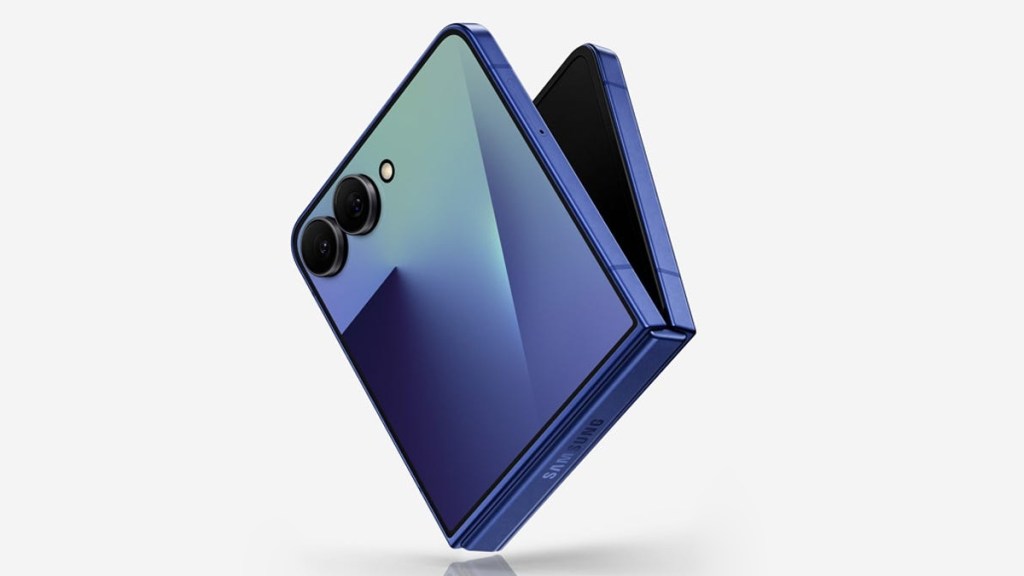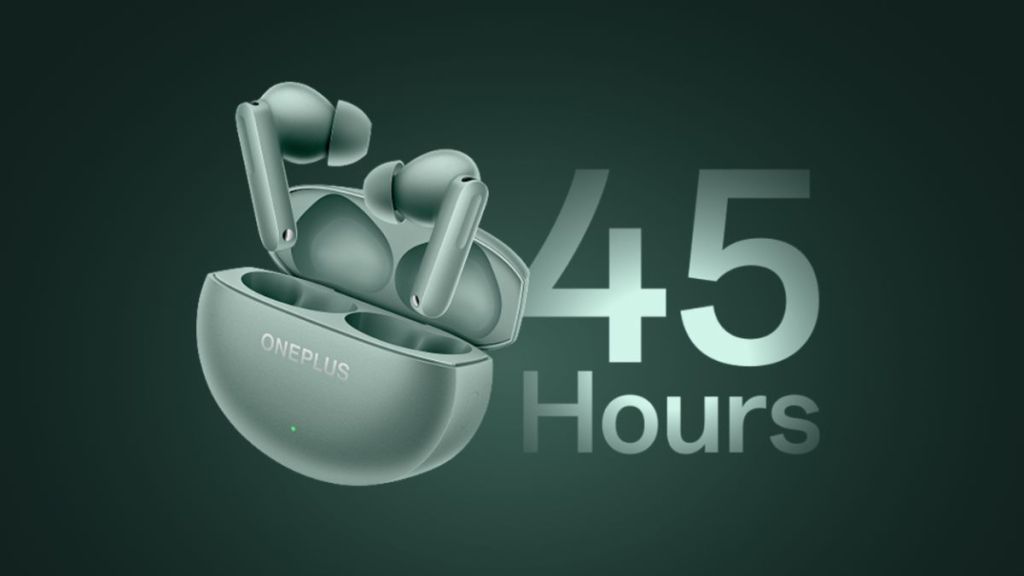Shocking Findings Challenge Long-Held Assumptions About Safer Packaging: Many people believe glass bottles are the safest choice for beverages. A new study has now turned that belief on its head, revealing that glass bottles can actually contain more microplastics than plastic bottles—sometimes up to 50 times more.
Study Finds Glass Bottles Top Microplastic Charts
Conducted by France’s food safety agency ANSES, the study analysed 56 popular beverages sold in France. These included water, beer, lemonade, cola, iced tea, and wine. Researchers tested products packaged in various materials such as plastic, glass, cans, brick cartons, and cubitainers.
Across the board, glass bottles showed the highest levels of microplastic contamination.
Beer Bottles Most Affected
Beer in glass bottles contained the most microplastic particles, averaging 133 microplastics per litre. Other beverages also showed high levels when bottled in glass:
- Lemonade: 112 MPs per litre
- Cola: 103 MPs per litre
- Iced Tea: 86 MPs per litre
- Water: 4.5 MPs per litre
By comparison, plastic and canned versions of the same drinks had far fewer microplastics.
Caps Identified as Major Contaminant Source
Interestingly, the issue doesn’t lie with the glass itself. The real culprit appears to be the bottle caps. Most of the microplastic particles matched the paint and materials used on the outer surfaces of metal caps. Paint flakes and particles likely shed into the liquid during capping or storage.
Simple Solutions May Help
Researchers found that blowing and rinsing bottle caps before sealing reduced microplastic levels by about three times. Other sources of contamination include:
- Manufacturing processes
- Screwing and unscrewing caps
- Poor storage conditions
- Painted labels and adhesives
Wine Bottles Safer Due to Cork Seals
One exception was wine bottled with cork stoppers. These samples showed far lower microplastic levels, likely due to the absence of painted metal caps.
What Are Microplastics?
Microplastics are tiny plastic fragments less than 5mm in size. They have been found everywhere—from oceans and soil to food and beverages. While their full health impact is still being studied, their presence in consumables is a growing concern.
Glass bottles may not be as safe as once believed. If you’re concerned about microplastics in your drinks, pay attention to packaging and caps—not just the bottle material. The study highlights a surprising truth: sometimes the details we overlook make the biggest difference.







